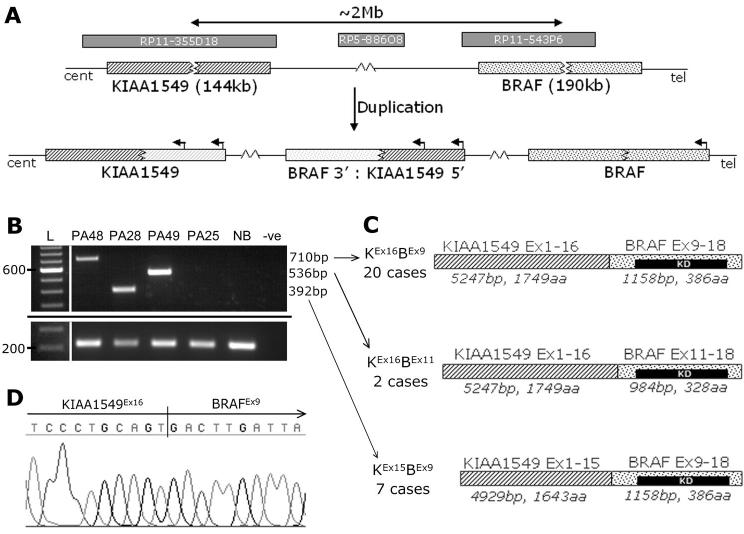Figure 2. Tandem duplication at 7q34 produces a fusion gene between KIAA1549 and BRAF.
A, A schematic diagram of the tandem duplication event observed at 7q34. Clones flanking the region of gain and the 1Mb clone from the region are indicated. Fluorescence in-situ hybridization analysis confirmed a tandem duplication (See Supplementary Fig. S1). B, RT-PCR analysis with primers in KIAA1549 exon 15 (PC4645) and BRAF exon 11 (PC4644) showing the three different mRNA fusion junctions observed (top) and a control locus in wild-type BRAF exons (bottom, expected product 214bp). PA25 does not harbour the 7q34 gain. PCR products were electrophoresed on a 1.5% agarose gel and visualised on a UV-transilluminator (UVP Ltd, Cambridge, UK). L; 100bp DNA size ladder (Invitrogen), NB; Normal brain cDNA (Ambion, Austin, TX), −ve: no template control. C, A schematic of the mRNA/proteins formed by the three different fusion products, and their frequency in our series. All three retain intact open reading frames. KD; BRAF kinase domain. D, A sequence trace confirming a fusion between KIAA1549 exon 16 and BRAF exon 9.

